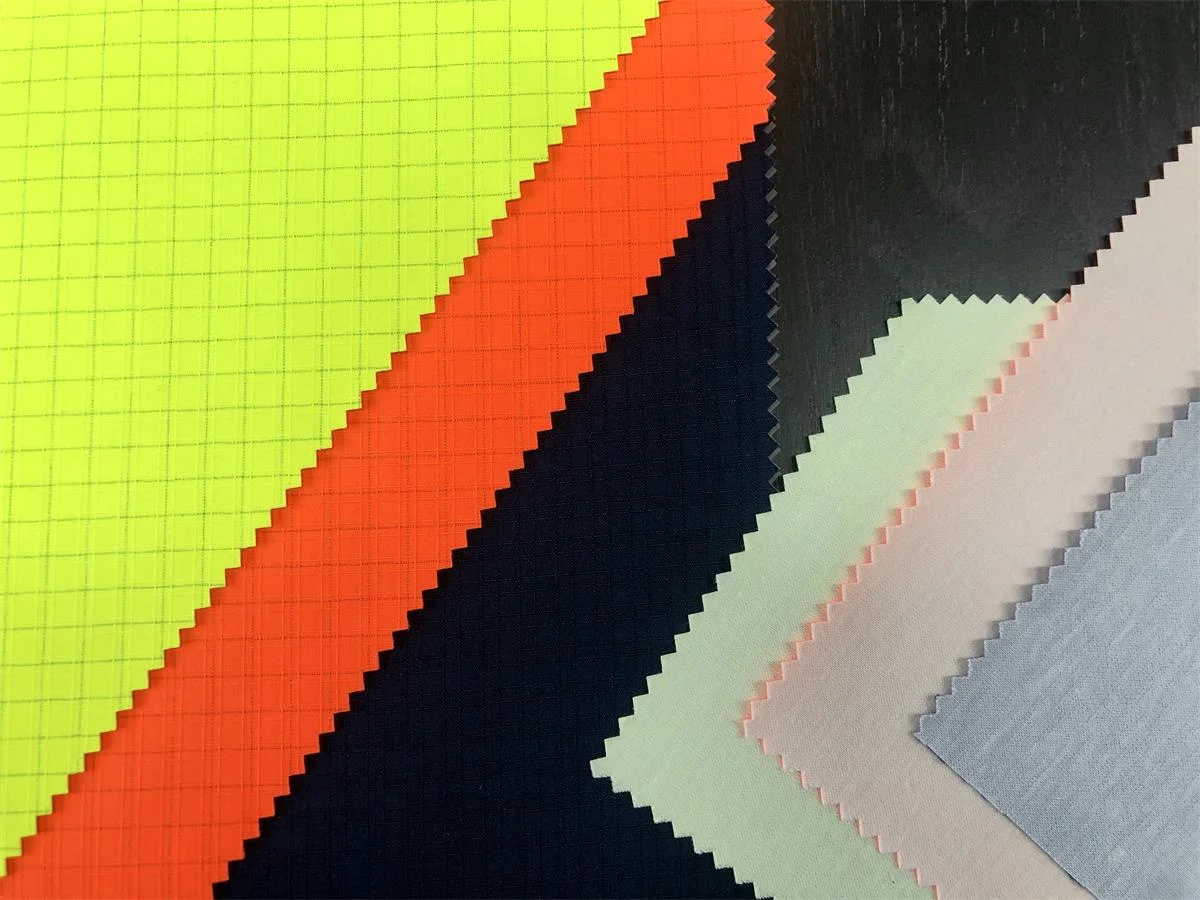- This topic is empty.
-
AuthorPosts
-
In the realm of occupational safety and health, the significance of protective clothing cannot be overstated. Among the myriad of materials and technologies aimed at safeguarding workers in hazardous environments, Multi-Norm Flame-Resistant (FR) fabric stands out as a pinnacle of innovation and efficacy. This specialized fabric, designed to protect against multiple hazards simultaneously, has revolutionized the landscape of workplace safety by offering comprehensive defense against a spectrum of risks. In this article, Joy delves into the pivotal role of Multi-norm FR fabric in ensuring optimal worker protection.
What is the Multi-Norm FR Fabric?

Multi-norm FR fabric refers to a type of fabric that is designed to provide protection against multiple hazards, including fire, heat, electric arc, and chemical exposure. It is typically made from a blend of fibers, such as cotton, polyester, and aramid, which are treated with flame-retardant. This combination of fibers and treatments ensures that the fabric meets various safety standards and offers protection against different types of hazards.
The Role of Multi-Norm FR Fabric in Ensuring Worker Protection
Flame Resistance
Multi-norm FR fabrics are engineered using advanced textile technologies to possess inherent flame-resistant properties. These fabrics are designed to resist ignition, prevent flame spread, and self-extinguish, effectively shielding workers from the dangers of flash fires, thermal hazards, and combustible materials. By providing a critical line of defense against flames, multi-norm FR fabrics significantly reduce the risk of serious burn injuries, protecting the wearer’s life and well-being in high-temperature environments.
Heat Protection and Thermal Insulation
In addition to flame resistance, multi-norm FR fabrics offer superior heat protection and thermal insulation properties. By creating a barrier against radiant heat, convective heat, and contact heat, these fabrics help minimize the transfer of thermal energy to the wearer's skin, thereby reducing the risk of burns and heat-related injuries. The ability of multi-norm FR fabrics to withstand high temperatures and thermal exposure ensures that workers can safely operate in environments where heat stress is a prevalent concern.
Electric Arc Flash Protection
Workers in industries such as electrical utilities and power generation face the potential risks associated with electric arc flashes, which can release intense heat, light, and pressure. Multi-norm FR fabrics are designed to protect against arc flash hazards, offering arc rating levels that meet or exceed industry safety standards. By effectively dissipating heat energy and minimizing the thermal effects of arc flashes, these fabrics ensure that workers are shielded from the severe burns and injuries that can result from electrical incidents.
Chemical Splash and Liquid Protection
For workers handling hazardous chemicals, multi-norm FR fabrics with chemical-resistant properties are essential in protecting against chemical splashes, spills, and contact with corrosive substances. These specialized fabrics are engineered to repel liquids, prevent absorption, and maintain their integrity when exposed to chemical agents, thereby safeguarding workers from chemical burns, skin irritation, and toxic exposures. By creating a reliable barrier between the wearer’s skin and hazardous chemicals, multi-norm FR fabrics reinforce chemical safety protocols and reduce the risk of chemical-related injuries in the workplace.
Comfort, Mobility, and Durability
While prioritizing safety performance, multi-norm FR fabrics are also designed to optimize wearer comfort, mobility, and durability. Advanced fabric constructions, moisture-wicking technologies, ergonomic designs, and strategic reinforcements ensure that protective garments remain breathable, flexible, and resistant to wear and tear. By enhancing wearer comfort and mobility, multi-norm FR fabrics promote compliance with protective clothing protocols, encourage sustained usage, and contribute to overall worker satisfaction and productivity.
Regulatory Compliance and Standards Adherence
The deployment of multi-norm FR fabrics in occupational settings is guided by regulatory frameworks and safety standards established by organizations such as NFPA, ASTM, OSHA, and EN ISO. These standards define the performance requirements, testing methods, and certification criteria for flame-resistant garments, ensuring that protective clothing meets the necessary safety benchmarks for specific workplace hazards. By selecting multi-norm FR fabrics that comply with relevant standards, employers demonstrate their commitment to worker safety, risk mitigation, and regulatory compliance, instilling confidence in the effectiveness and reliability of the protective apparel provided to their workforce.
In conclusion, the integration of multi-norm FR fabrics in the workplace serves as a cornerstone of comprehensive worker protection across diverse high-risk industries. By addressing multiple hazards through flame resistance, heat protection, electric arc resistance, chemical splash protection, comfort, durability, and regulatory compliance, these advanced fabrics contribute significantly to enhancing occupational safety, mitigating risks, and safeguarding the well-being of workers in hazardous environments.
https://www.szjoyfabric.com/The-Role-of-Multi-Norm-FR-Fabric-in-Ensuring-Worker-Protection.html
https://www.szjoyfabric.com/FR-Multi-Norm
Leah
joy@joy-cn.com -
AuthorPosts